About Us
Terminal Investment Limited (TiL) has demonstrated consistent growth over the past 25 years, positioning itself to become the leading port operator in the world.
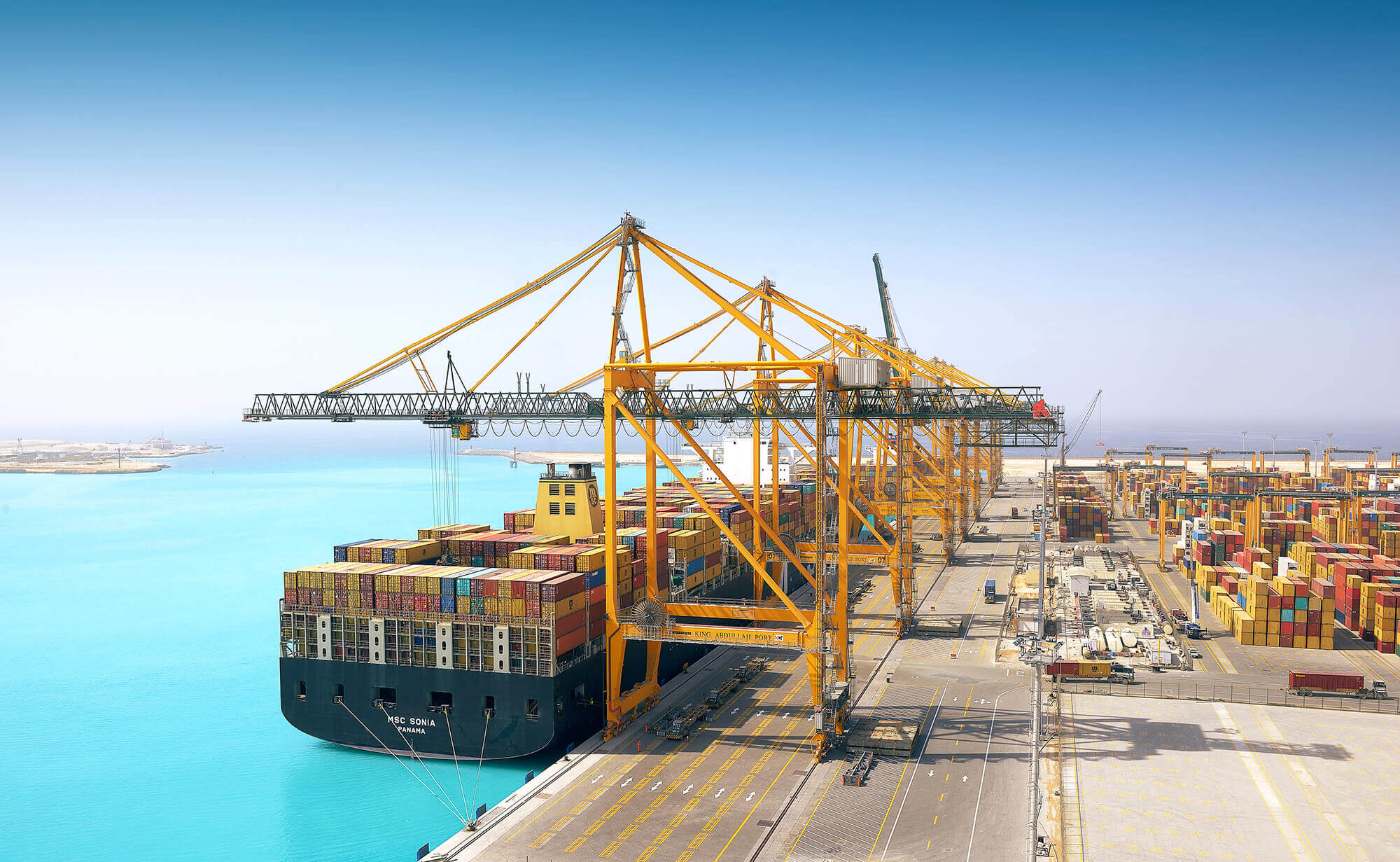
Terminal Investment Limited (TiL) has demonstrated consistent growth over the past 25 years, positioning itself to become the leading port operator in the world.

TiL has a diverse portfolio of container terminals, strategically located at key ports on the world's major shipping routes, providing access to key mature and developing markets.
TiL has a significant presence at some of the world's busiest ports by container volume, including Singapore, Ningbo, Busan, Los Angeles, Long Beach, Rotterdam, Antwerp, New York / New Jersey and Valencia.
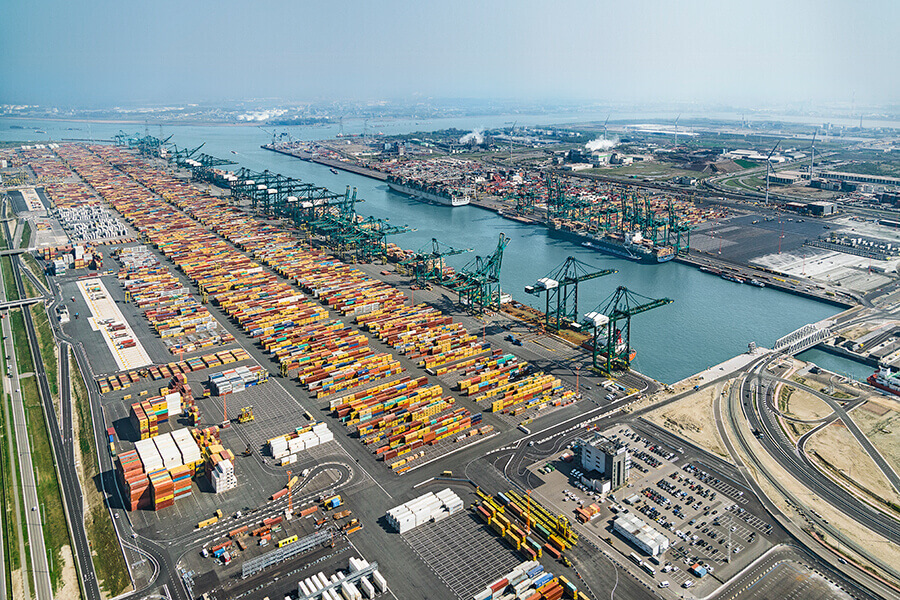
Antwerp
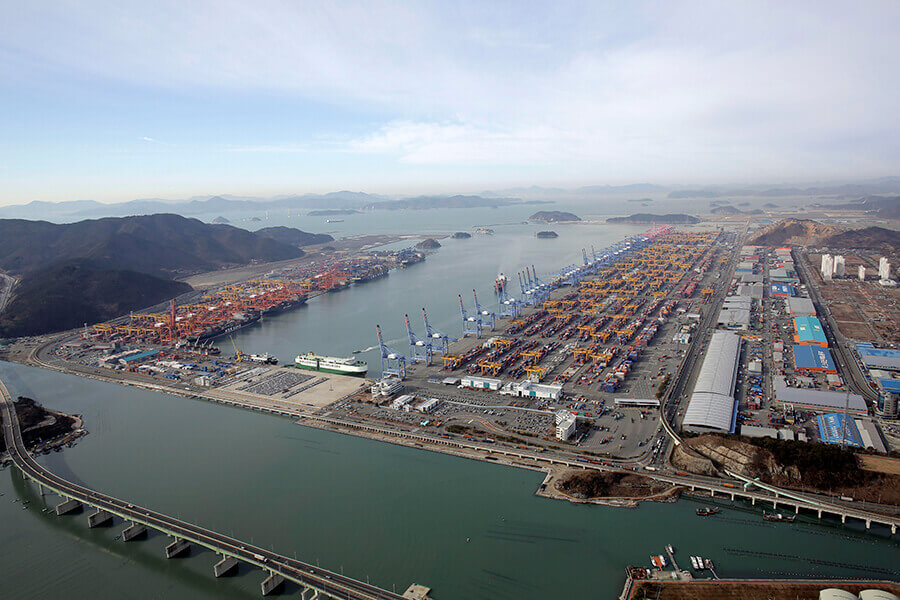
Busan
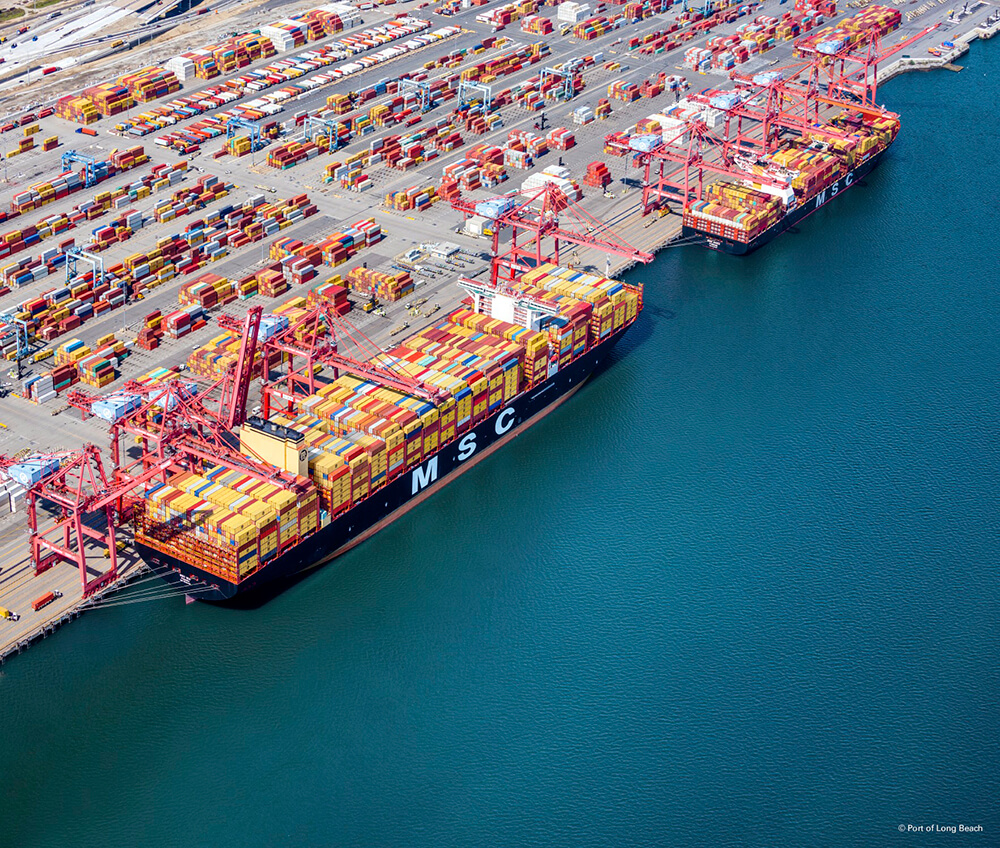
Long Beach
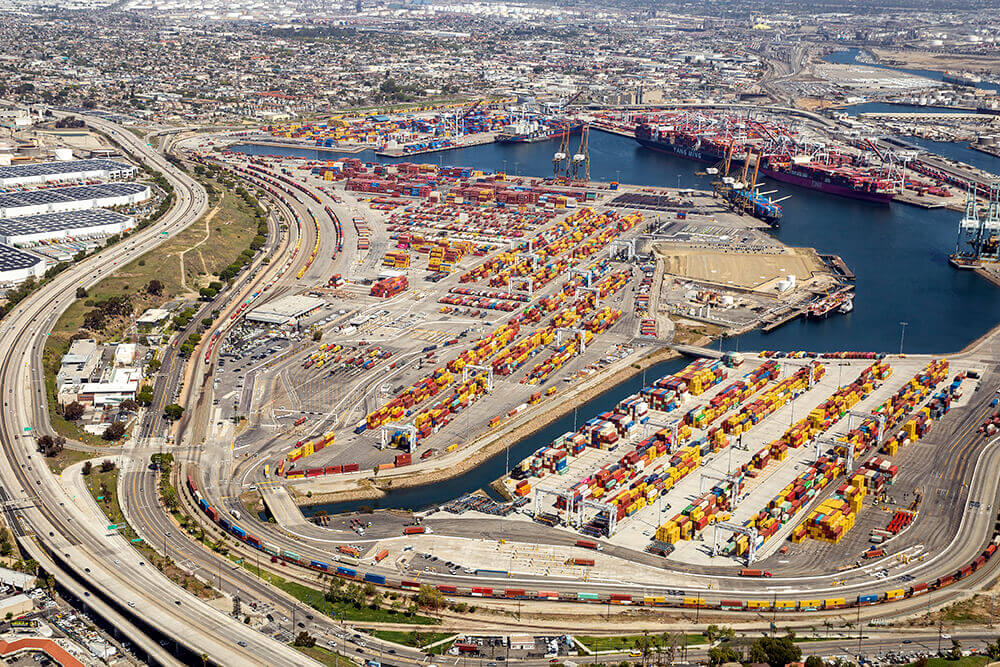
Los Angeles
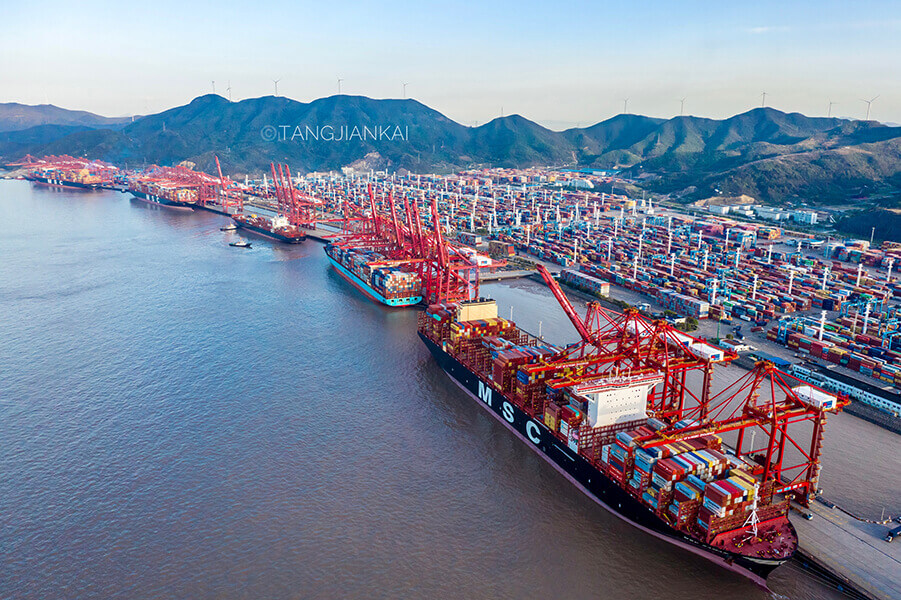
Ningbo
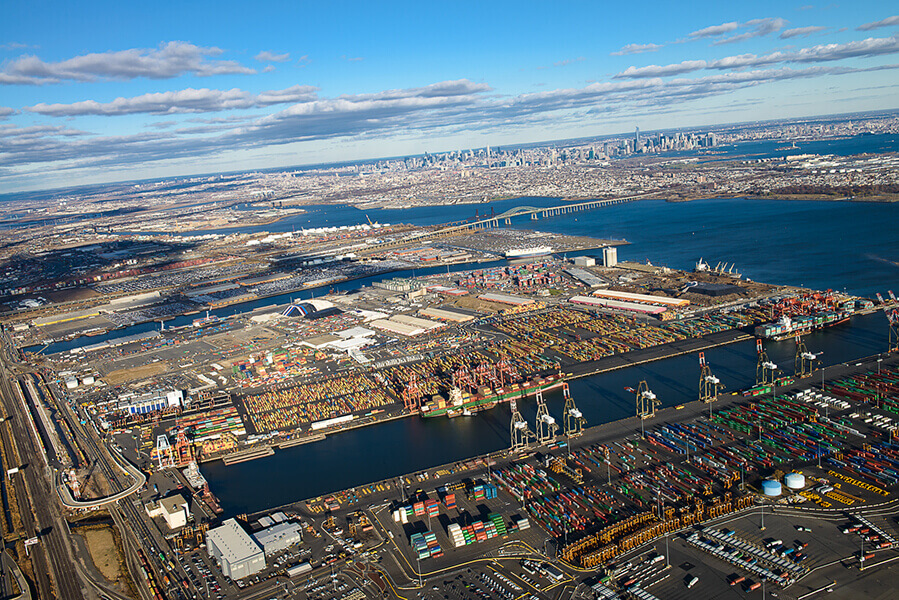
New York/New Jersey
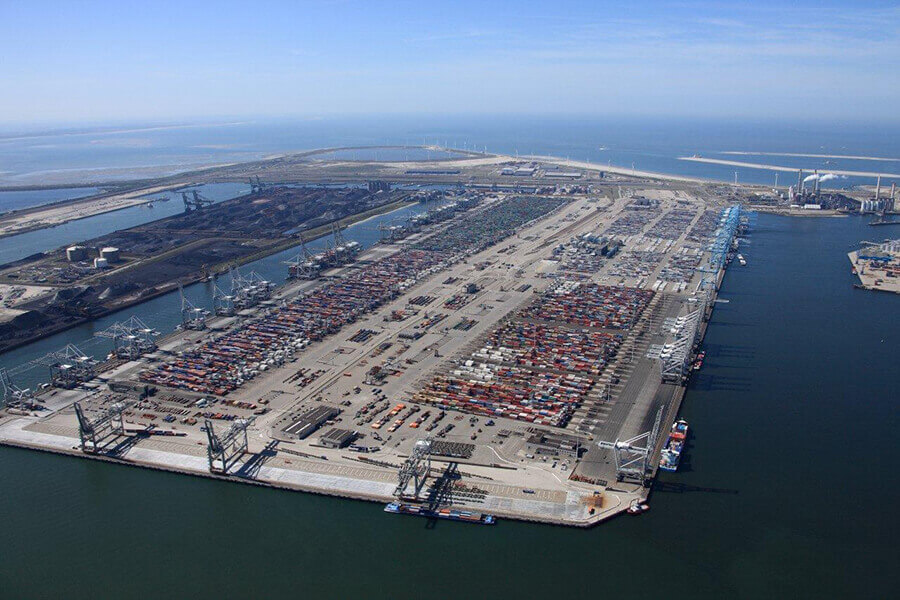
Rotterdam
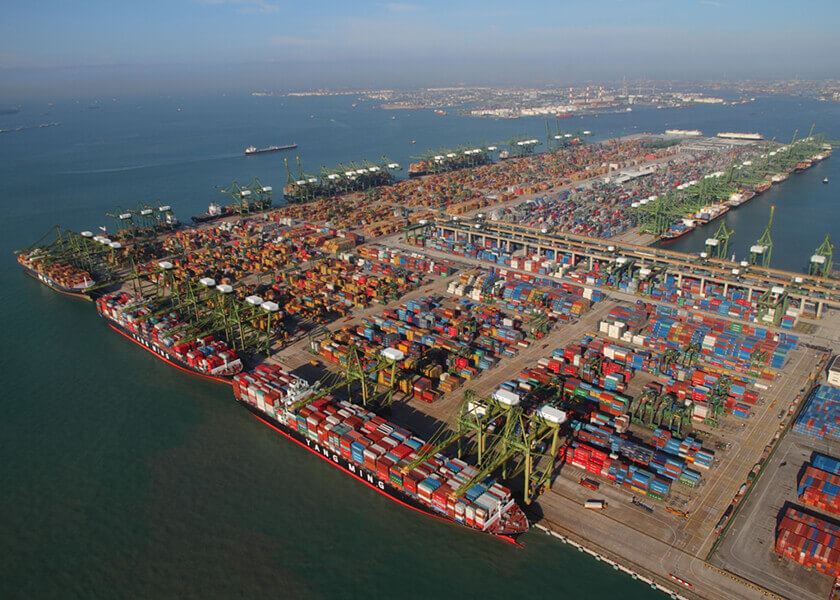
Singapore
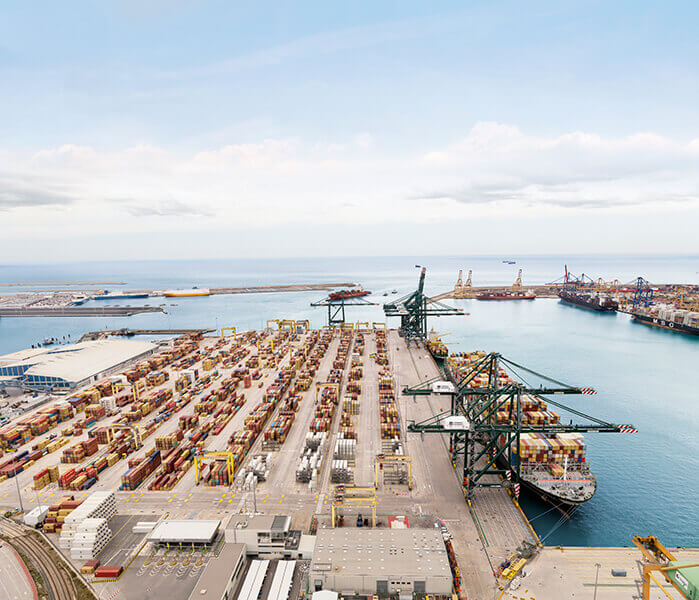
Valencia
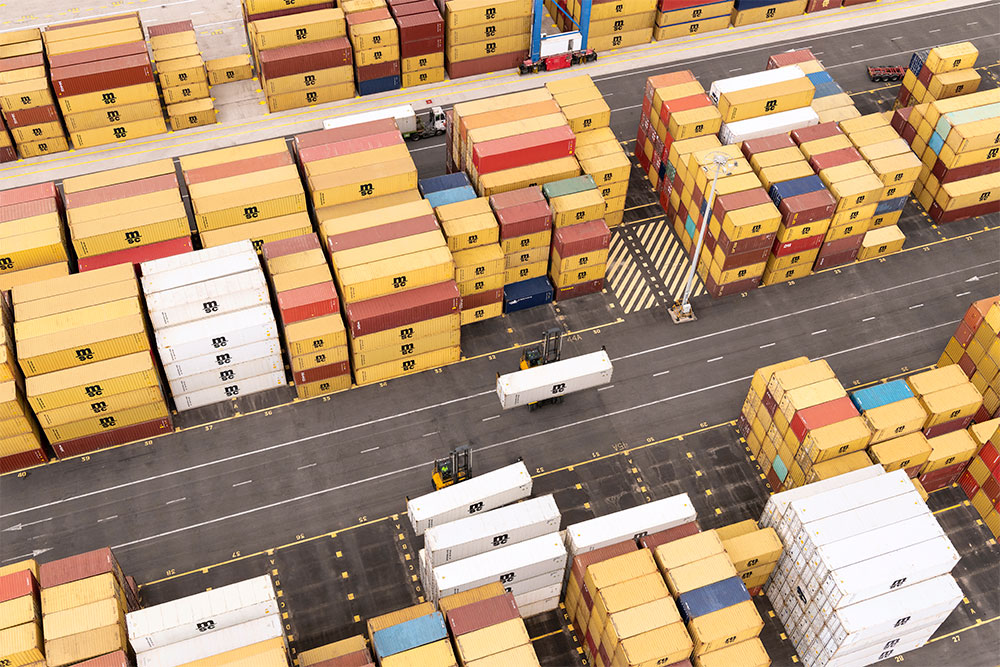
More than 62 km of quay
30,000+ employees worldwide
500+ ship-to-shore cranes
Throughput of ca. 65M TEUs in 2023
*estimated for 2023
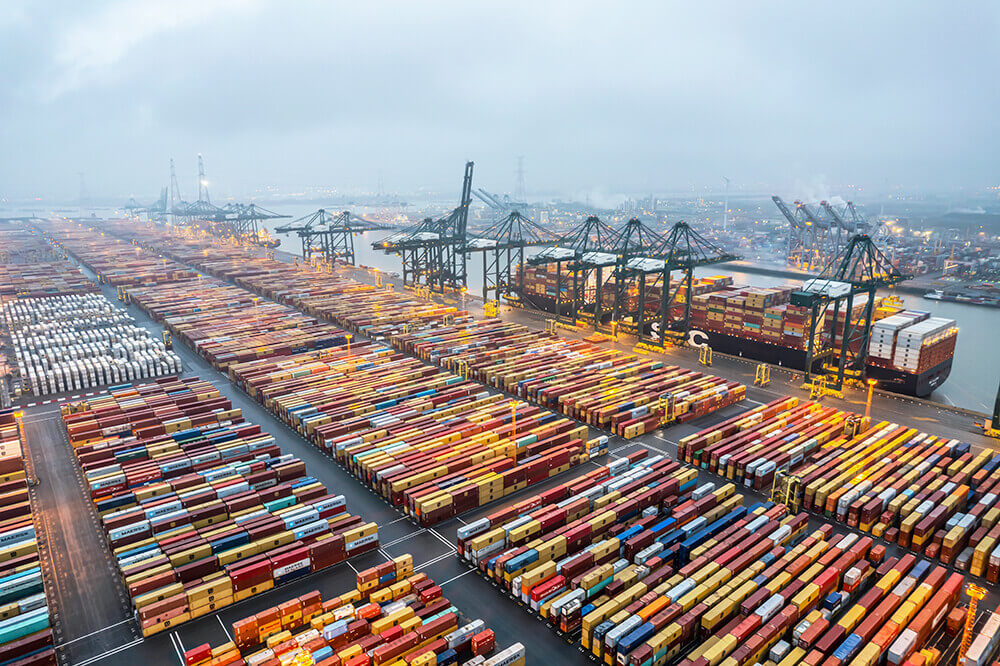
TiL has benefitted from a continued portfolio expansion over 20 years, adding two to three container terminal businesses on average per annum since 2000, through a combination of acquisitions, stake increases, and greenfield developments. As a result, TiL has delivered above 10% annual average volume growth over the last 15 years.
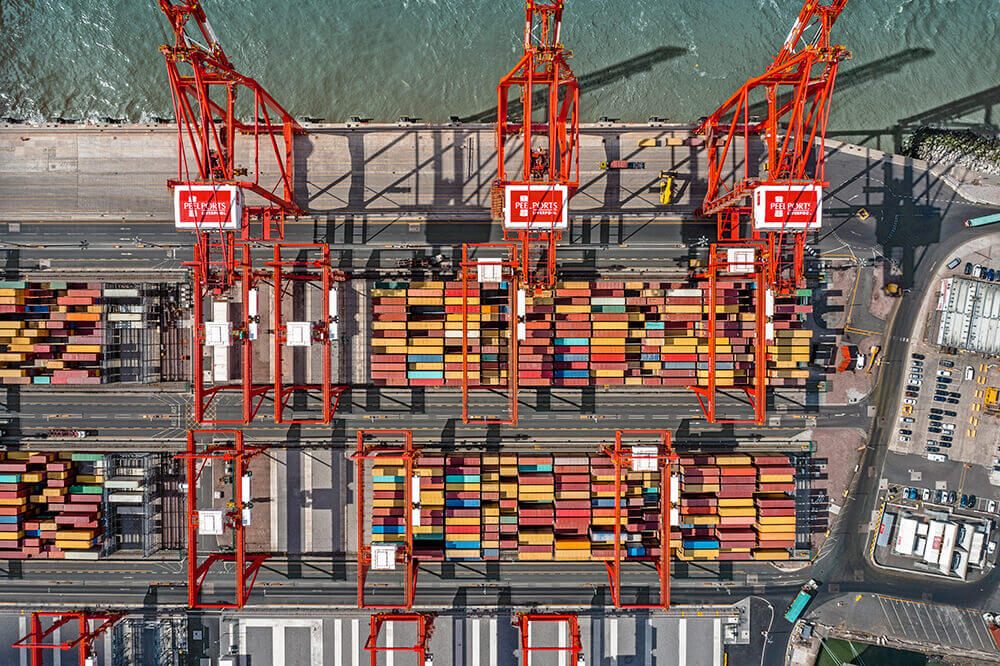
We are committed to further expanding and providing incremental container handling capacity worldwide.
An acceleration of investments in additional capacity is planned for the next decade, through expansion plans in portfolio terminals, greenfield projects, and strategic acquisitions from a strong pipeline of credible investment opportunities.
Over the past 15 years, TiL's average annual throughput growth rate of more than 9% has largely exceeded the industry average annual throughput growth rate of ca. 4% over the same period.
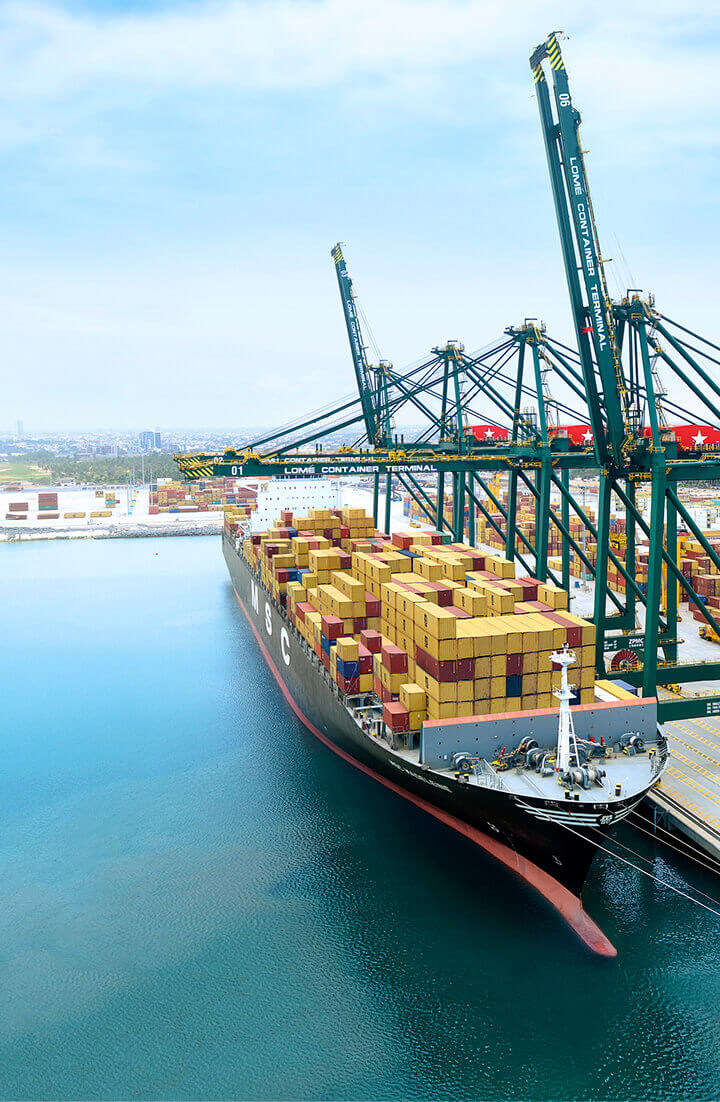
TiL's robust performance during periods of macroeconomic and financial stress, especially the Global Financial Crisis (“GFC”) in 2009-2010 and COVID-19 in 2020, is a key indicator of our resilience.

The GFC negatively impacted the global economy, including consumer confidence, which eroded demand for goods. This was compounded by the reduced availability of trade credit, resulting in an adverse impact on the global shipping and container terminal industries. As a result, industry throughput decreased by ca. 9% globally between 2008 and 2009. By comparison, TiL's throughput only fell by ca. 3% over the same period; MSC having diverted part of its volumes into TiL's infrastructures. The subsequent rebound in the global economy, and the return of normal functioning credit markets, led to an increase in global throughput between 2009 and 2011, with industry throughput increasing by ca. 14% and ca. 8% in 2010 and 2011 respectively, while in the same period, TiL's throughput increased by ca. 19% and ca. 13%, respectively.
Despite the unprecedented disruption caused to global supply chains by COVID-19, the global diversity and quality of TiL's terminal operations and the stability of volumes supported through the affiliation with key partners have driven very strong 2020 results. TiL continues to be one of the least affected terminal operators in the sector evidenced by ca. 5% growth in volumes in 2020 as compared to a ca. 1% decline for the broader industry. The outperformance of TiL continues with very strong volumes through 2021 and early 2022.